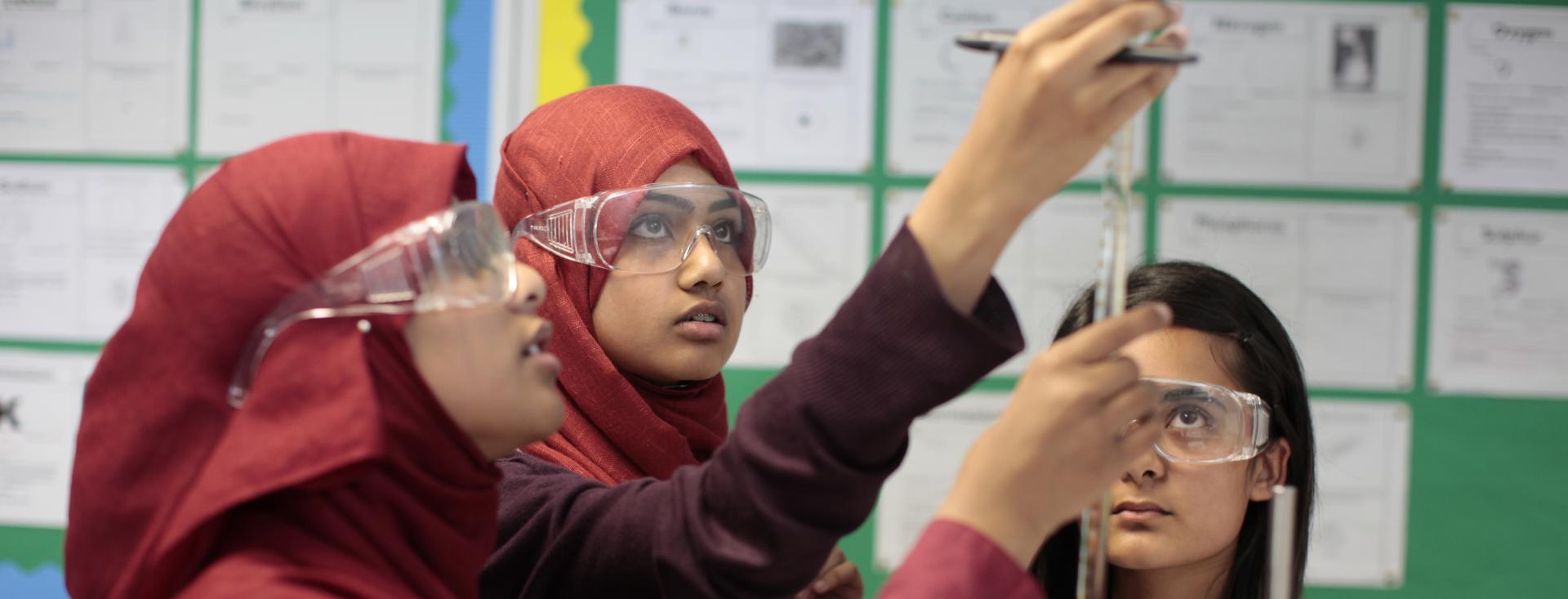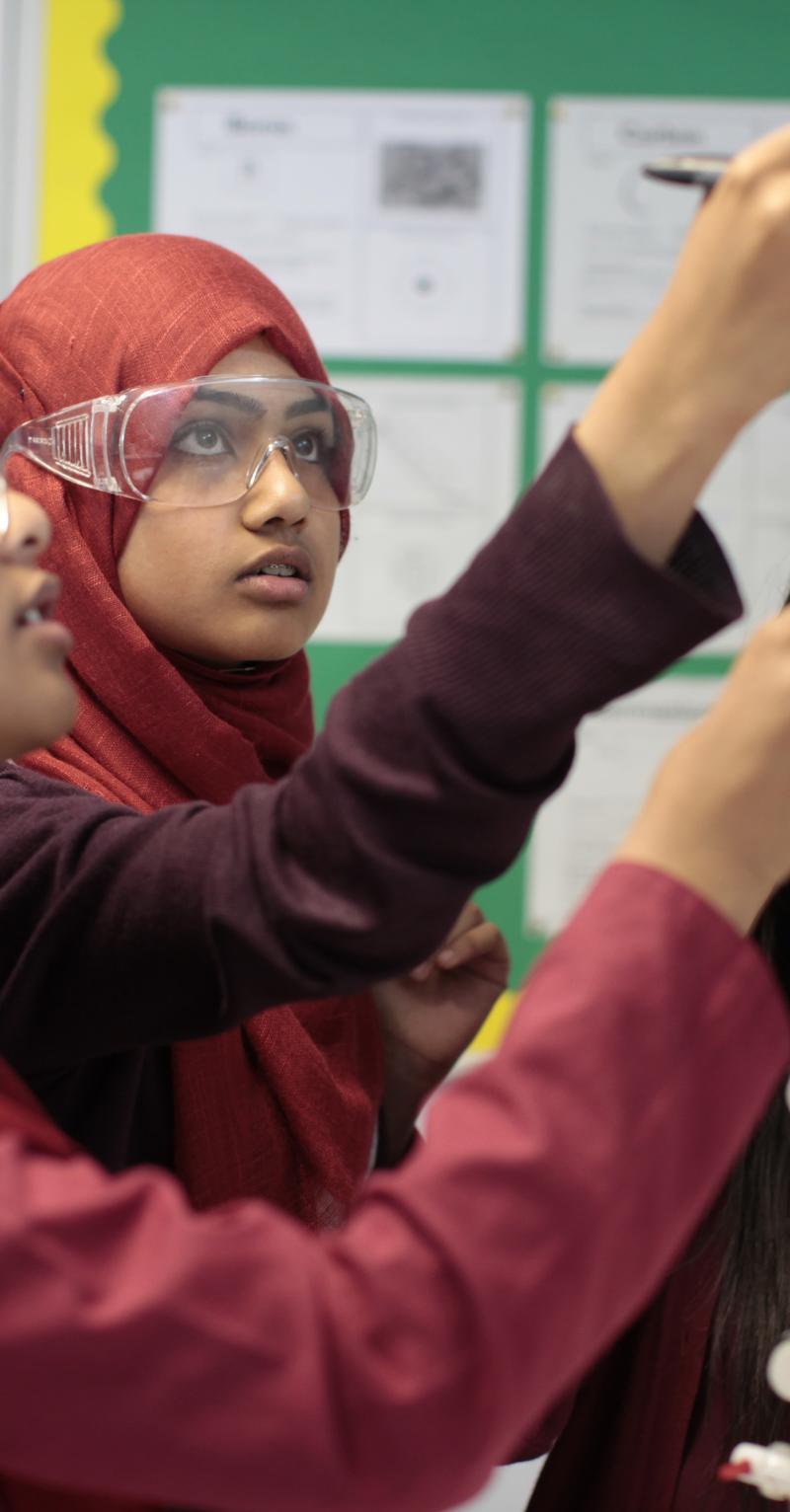Resources
Everyone has a role to play in supporting girls to become empowered, access education for better life outcomes, and thrive. Teach For All is committed to supporting the global network to identify and address the barriers that keep girls from learning and fulfilling their potential through our Girls’ Education initiative. Learn more about gender equity, the issues facing girls around the world, and more in this curated library of resources:
Girls' Education
Tikambisane 'Let’s Talk to Each Other': A 6-Session Support Group Curriculum for Adolescent Girls Living with HIV in Zambia
A curriculum with interventions designed to facilitate healthy transitions to adulthood among adolescent girls aged 15-19 living with HIV in Zambia. All sessions are written in a user-friendly format, giving step-by-step guidance for the activities.
Girls' Education
Full Force: Why the World Works Better When Girls Go to School
A report by the Malala Fund that shares research on girls' education, presents new data on the transition from school to the workforce, and outlines recommendations for the G20 to ensure all girls have the skills they need for the future of work.
Girls' Education
General Versus Girl-Targeted Interventions: A False Dichotomy? A Response to Evans and Yuan
This paper provides a review of Evans and Yuan’s 2019 paper "What We Learn about Girls’ Education from Interventions that Do Not Focus on Girls." It disagrees with their conclusion and recommends combining girl-targeted and general interventions.
Girls' Education
To Keep or Not to Keep? Decision Making in Adolescent Pregnancies in Jamestown, Ghana
A study on the decision (to keep or terminate) factors and experiences surrounding adolescent pregnancies in Jamestown, an urban slum in Accra, Ghana. The main role players in decision making included family, friends, school teachers and the partner.
Girls' Education
A Gender-Inclusive Southeast Asia Through Entrepreneurship
A report on the critical gender gaps and entrepreneurial solutions to advance the lives of women in Southeast Asia. It introduces the Women's Empowerment Framework that outlines a gender-inclusive vision across seven mutually reinforcing dimensions.

